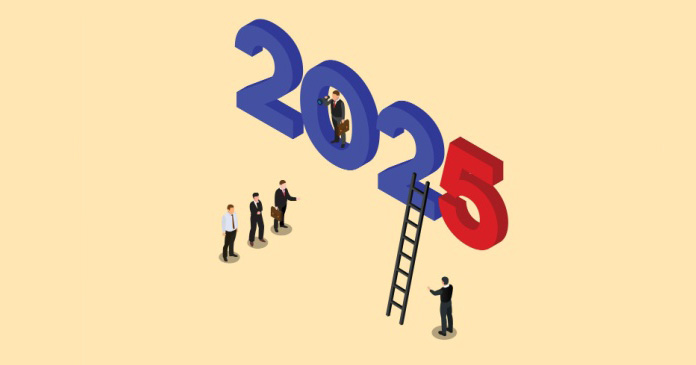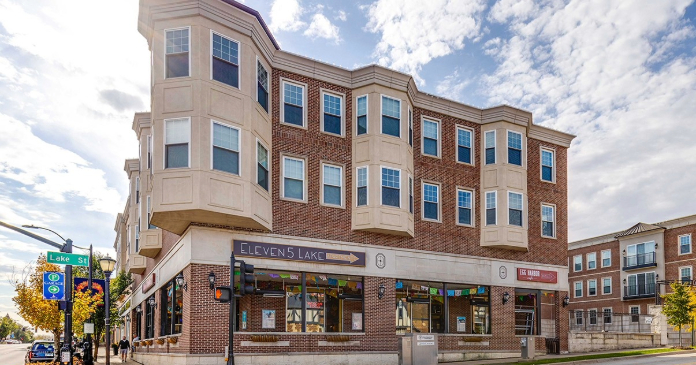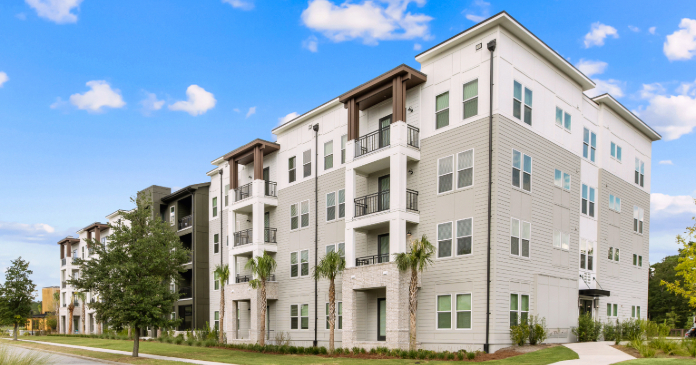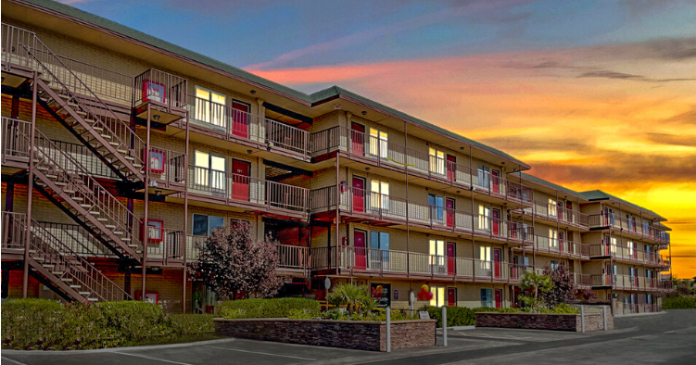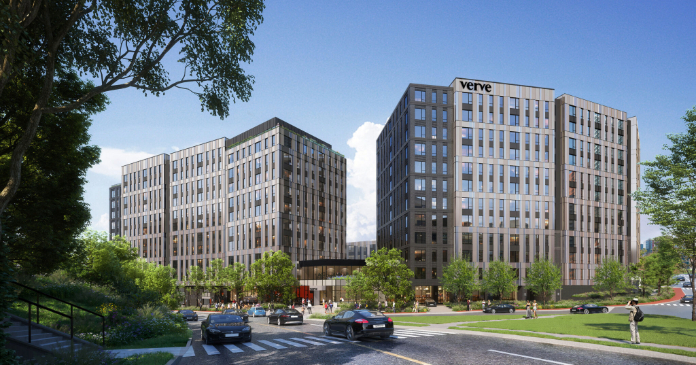With news outlets across the country quick to report the survey’s results, this particular finding struck a chord with many Americans. The Great Recession might have officially ended after two years in mid-2009, but unemployment remains stubbornly high at just under 10 percent, and households that once might have thought they were reasonably prosperous now worry that there is not much keeping them from being added to those stats.
Combined with other Census Bureau survey results, the poverty rate statistic helps paint a picture of what post-recession America is like today. For one thing, it’s a country whose workforce is earning less. The survey found that the median U.S. household income in 2009 was $50,221, a 2.9 percent drop from 2008 (when adjusted for 2009 dollars), marking the lowest level since 1997.
For another, its population is undergoing lifestyle changes that could have an impact on lives long into the future. A case in point: the number of adults polled who are married is the lowest ever, while the number of unmarried partners and non relatives living together has been increasing slowly but steadily from pre-recession levels.
Also, fewer women gave birth in 2009, a 2.2 percent decline compared with 2008.
“This was a very severe downturn, and the reaction has been unusually strong, especially in household formation,” says Peter Cappelli, Wharton professor.
Yet he and other observers question the extent to which the economic downturn has influenced these trends; after all, fewer Americans have been getting married for a number of years now, and not just for economic reasons. But these experts agree that, whether directly or indirectly, many of these factors could influence the speed and strength of the country’s recovery and perhaps affect longer-term demographic dynamics.
Defining poverty
The Census Bureau’s research regularly raises eyebrows in various academic, political and business circles, not necessarily because of which statistics it finds, but how it finds them. Consider the recent poverty figures. In determining the weighted average poverty threshold in 2009—which for a family of four was $21,756 and for an individual younger than 65 was $11,161, according to the Census Bureau—its statisticians based their calculations on pre-tax cash income, not taking into account food stamps or other non cash government assistance. Critics also say the poverty measure needs to be updated to reflect the economic conditions of low-income Americans today, rather than more than 40 years ago when the current measure was introduced.
But whatever the methodology, the bureau’s findings form the basis of decisions about how more than $400 billion of federal and state funds are allocated each year. Beyond that, “these data are useful not only for researchers, but also state and local government officials and private industry,” says Irma Elo, a University of Pennsylvania sociology professor and director of its Population Studies Center.
From a future policy perspective, there could be lessons to draw from the latest poverty findings.
“The poverty rate went up just 1 percent from 2008. This is an astonishingly small
impact for a very large recession,” notes Justin Wolfers, Wharton professor of business and public policy and a research associate at the National Bureau of Economic Research in Cambridge, Mass. He notes that 2009’s poverty rate was not as great as it was after the last major recession, in the early 1980s, when it hit 15.2 percent. “The real implication here is that the ‘safety net’—such as the federal expansion of unemployment insurance—performed better through this recession than it had through previous ones,” he points out.
Others agree. “The most important programs that corralled the potentially wild increases in poverty were Social Security, Medicaid, unemployment insurance and food stamps,” rather than the Obama administration’s job and investment stimulus plan, as some suggest, stated Ron Haskins, a senior economic studies research fellow at the Brookings Institution in Washington, D.C., in a recent presentation.
“Last year, we spent $132 billion on unemployment insurance, almost $270 billion on Medicaid and $50 billion on food stamps. The anti-poverty effectiveness of Social Security, Medicaid, unemployment insurance and food stamps is substantial without the expansions added by the American Recovery and Reinvestment Act.”
Counting the kids
But the Census survey results suggest that one segment of society that the various programs didn’t benefit enough is the nation’s children. Between 2008 and 2009, the poverty rate of Americans under the age of 18 increased from 19 percent to 20.7 percent. That’s a big increase, says Elo. “One in five children is now living in poverty. For the future of poverty eradication, this does not bode well.”
The increase is happening at a time when the cost of raising children is significant across all households. According to a 2009 report from the U.S. Department of Agriculture (USDA) titled, “Expenditures on Children by Families:” For a child in a two-child, husband-wife family, annual expenses ranged from $8,330 to $9,450, on average. For households with before-tax income less than $56,670. Expenses ranged from $11,650 to $13,530 for households with before-tax income between $56,670 and $98,120, and from $19,380 to $23,180 for households with before-tax income more than $98,120.
If incomes continue to decline, will a couple’s decision to have a child be affected? The latest Census Bureau poll found that 4.3 million women gave birth in the 12 months before the 2009 survey, down from 2008’s 4.4 million women, but up from the 4.2 million during each of the previous two years.
Those results, of course, don’t tell the whole story about how external factors influence couples, not least because of the nine-month lag between conception and childbirth.
Yet a nationwide study published in April by the Pew Research Center, a public opinion research organization in Washington, D.C., showed a correlation between declining birth rates and increasing economic hardship in the U.S. “Strong associations were found between the magnitude of state-level birth rate change from 2007 to 2008 and the magnitude of the previous year of per capita income change and housing price change,” the study’s report stated.
Kristen Harknett, a sociology professor at University of Pennsylvania, cites a study in Europe she worked on showing a link between low fertility rates, economic uncertainty and unemployment, which she suggests is equally applicable to the American context. Like marriage during an economic downturn, “people put off having kids, and when there is greater economic uncertainty, they may put it off so long that they end up having fewer children than originally planned,” she says.
Not only are fewer couples having children; they are also less likely to get married these days. As Cappelli notes, “Marriage choices are influenced by a lot of things, including the economy.” Just the cost of a wedding alone might be enough of a deterrent to tie the knot. The Wedding Report, an Arizona-based research company that tracks the U.S. wedding industry, said the average cost of a wedding is rising, to $23,867 in the first half of this year, from $19,581 in 2009 and $21,814 in 2008.
Samuel Preston, a demography professor at University of Pennsylvania, says it’s not just about when to get married—but also to whom—that is often determined by economic stability. He is not surprised people are putting off this major life change. “Marriage is part an economic union, and it’s easier to form a stable relationship when there is a steady source of income,” he notes.
But as Wolfers points out, marriage rates have been falling for the past 30 years, even during economic booms.
He argues that marriage is more appealing during bad economic times because it’s an “insurance policy,” so if one partner is laid off, there is still the other partner’s income to live on. “Looking at the institution of marriage through the eyes of an economist, I am surprised marriage has not risen more during this recession,” Wolfers says.
Once couples do get married, the economy could play a role in the longevity of their unions.
According to the Census survey, 52 percent of adults who had been married still were. Harknett points to a study she has worked on over the last two decades looking at the dynamics of 5,000 families in urban areas. The study showed that couples experiencing big drops in income during the recession were more likely to get divorced. In addition, couples living in parts of the country where foreclosures and unemployment were high were more likely to get divorced than those in more stable locations.
Pooling resources
Other Census Bureau research sheds further light on the economics of relationships. Between January 2009 and July 2010, its Current Population Survey found that the number of unmarried, opposite sex couples living together increased 13 percent. The Census Bureau was so surprised by this trend that it published a working paper in September after digging deeper into the results to see whether economic situations, such as long-term unemployment, had anything to do with the increase. It seems that it did.
According to the paper, both partners of a couple who have just started living with each other were less likely to be employed (39 percent) than other couples (50 percent). What’s more, the newly established couples were also younger, with 37 percent of men and 45 percent of women between 15 and 29, compared with 23 percent and 32 percent, respectively, for longer established couples. They also were part of larger households; 24 percent lived in households with five or more members, compared with 15 percent of longer-term couples.
The latter finding correlates with other Census Bureau findings showing that both the number of people living in households and the number of non relatives living in those households have increased.
Elo says that if individuals were not living with friends and family, the poverty rate would likely be much higher. “That’s definitely an indicator of how families are coping with the economy.”
According to Preston, increasing household size is expected when poverty increases. He points out that 100 years ago, when more than half the country was considered impoverished, people had much larger households because extended families lived together, people took in borders, and multiple families lived under one roof. “It’s been shown over and over again that when income grows, people express their preference for small living units,” he says.
But will such demographic shifts reverberate to the economy? Wolfers says the current cohabitation trend has particular implications for the housing market. “It’s definitely the most striking number from the survey,” he says. “One simple way of characterizing the current housing slump is that prices are likely to remain low because we have too many houses relative to the number of households. Rising cohabitation and increasing ‘doubling up’ will likely exacerbate this problem, as the existing population is organizing itself into even fewer households,” he adds. “This could be a factor hindering the recovery of the housing sector.”
In terms of the other Census Bureau findings, Harknett does not expect a dramatic rebound in income and poverty levels. After the recession in the 1980s, it took five years for poverty rates to return to pre-recession numbers. “It just depends on the duration of the recovery.”
Poverty rates will change rather quickly when the job market improves, Cappelli predicts. The other trends that are indirectly related to the economy, such as marriages and births, will take longer to increase. “People are probably waiting until the job market and economy improve before making big decisions,” he says.
“But people can only wait so long and may decide they might as well take the plunge, even if things don’t improve.”





